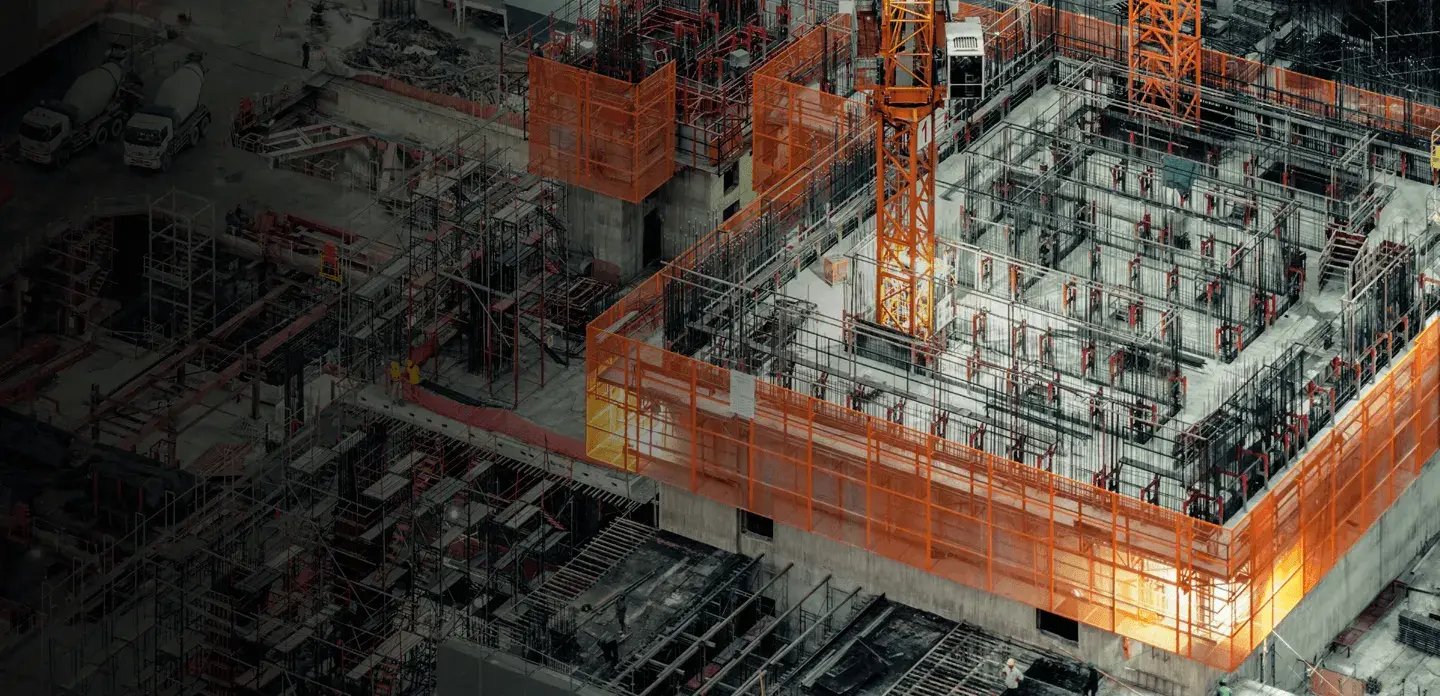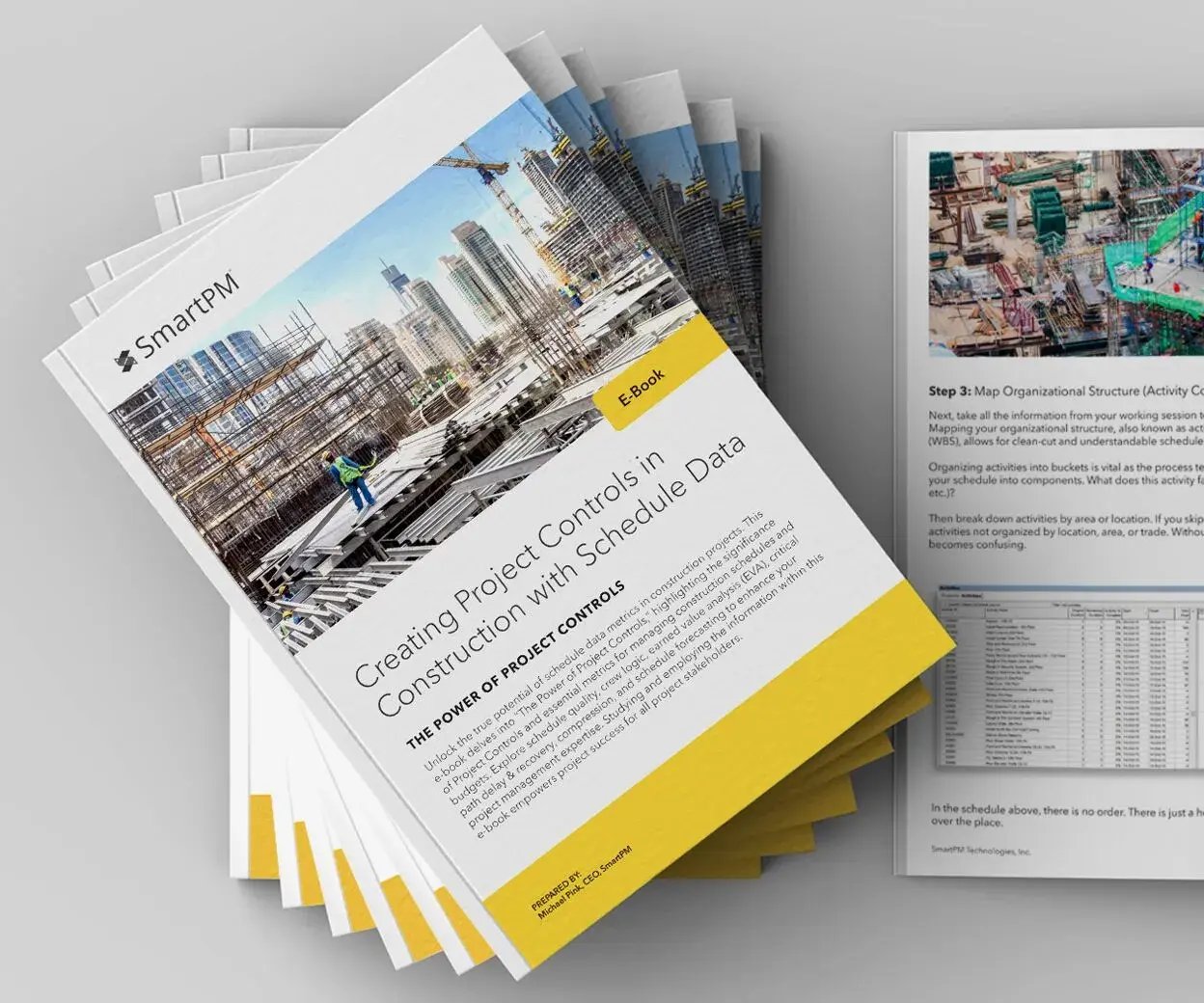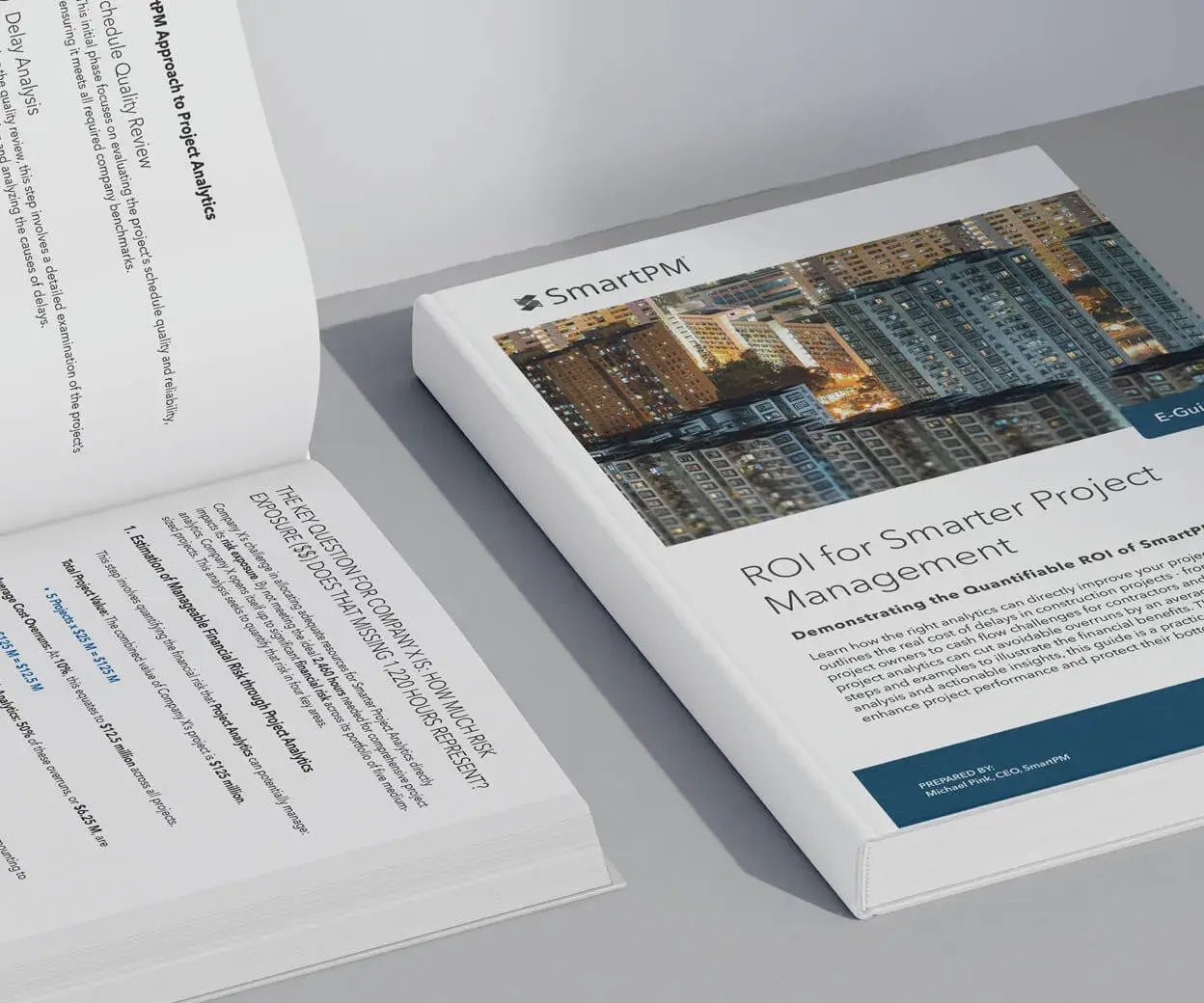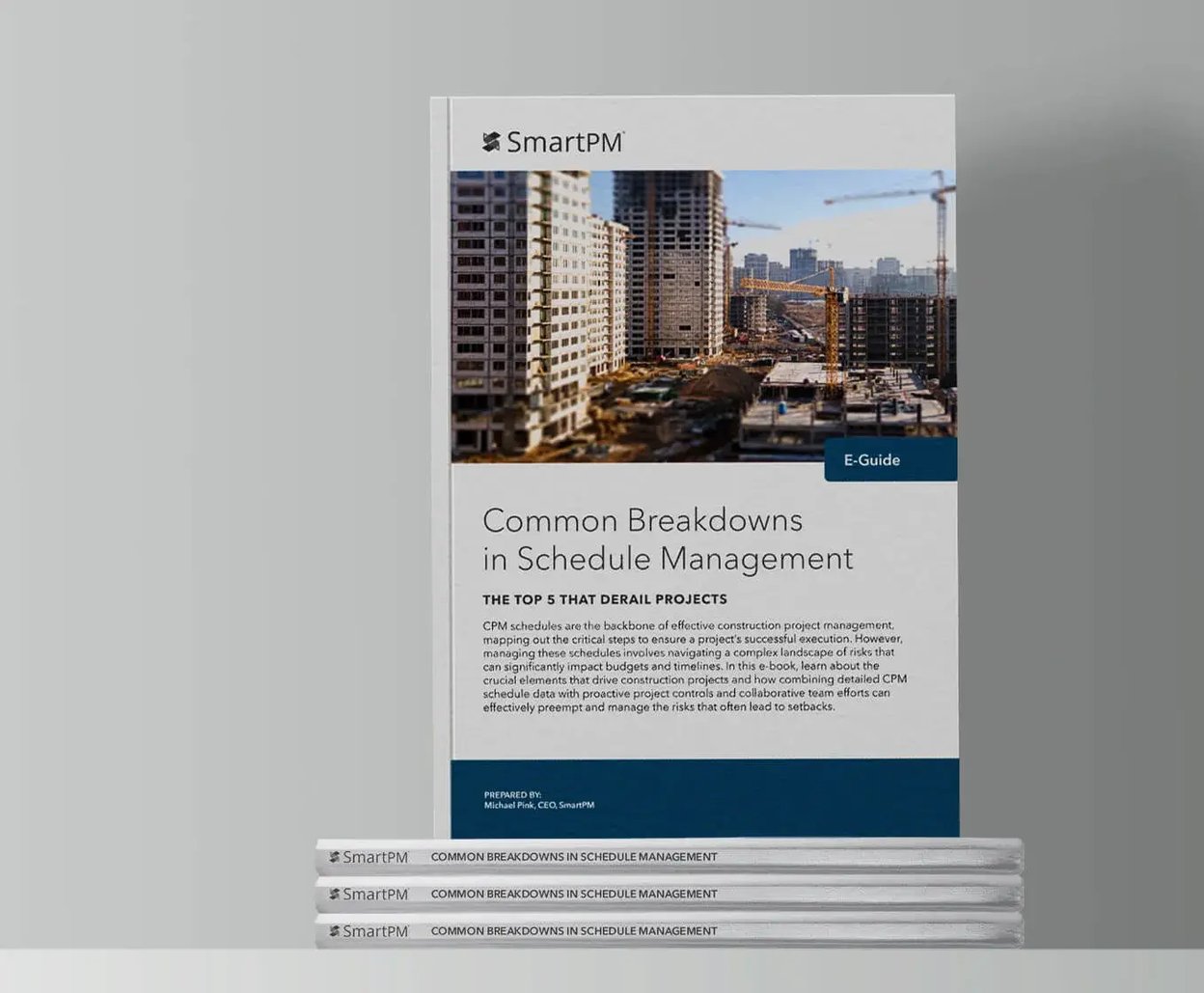
S.M. Wilson
THE CHALLENGE
When it came to schedule analysis, S. M. Wilson & Co.’s timing was a bit off. Like many construction firms, S. M. Wilson – which provides a complete range of services, including pre-construction, construction management, general contracting, and design/build – relied on third-party consultants to review the schedules of certain completed projects.
“Our schedules looked great on paper,” recalled Jamie Berzon, S.M. Wilson’s Chief Technology Officer. “All activities had start dates and end dates, and none of the timeframes looked off. But we didn’t always understand the underlying logic. Plus, when they were updated, it was hard to track where the changes were.”
Kerry Lorts, the company’s Director of Operations, offered a similar observation. “From the operations side, all we saw were two-dimensional PDFs of a project schedule. This was not conducive to seeing any changes or the real-time activity.”
“We knew we needed something to take us beyond our reactive posture into a proactive position,” Berzon explained. “None of our project managers is a professional scheduler. So, if we could give them a tool to be more efficient and build better schedules, why wouldn’t we?”
THE SMART SOLUTION
The outside consultants engaged by S.M. Wilson were using SmartPM, a leading schedule controls software platform built for the construction industry.
“Our Chief Operations Officer, who was working with these consultants, asked me about SmartPM and whether it was something we should check out,” said Lorts, who subsequently arranged product demos for Wilson’s top executives. Their response was immediate.
“They all had the same fundamental reaction,” recalled Berzon. “They asked, ‘Can we have this tool? Why aren’t we doing this?’ Then they added, ‘Why are we paying consultants to use this program when we can use it ourselves on all our schedules – and do it ahead of time?’”
While numerous factors went into the decision to sign on as a SmartPM client, Berzon noted one particularly attractive aspect of the platform.
“SmartPM takes the really technical things out of scheduling. With SmartPM, we’re seeing our PMs who have extensive field knowledge capture those technical abilities without formal training. SmartPM represents a good marriage between technical and field experience.”
According to Lorts, that same user-friendliness is also incorporated into one of SmartPM’s primary features: the Quality Checker.
It doesn’t just show what the data means and how to improve scheduling performance; rather, it takes users beyond the technical nuances of scheduling, explaining the items that the Quality Checker is looking for, and then allowing them to really sink their teeth into the actual content of the schedule. This leads to a more forward-thinking approach to the scheduling process.
“When you’re seeing schedule changes and compression using the platform, you can ask, ‘How will you achieve that? Maybe we need to change our sequencing.’ Before, we might never have seen those things, and, as a result, we wouldn’t even know to ask the question.”
Thanks to the Quality Checker, S.M. Wilson knows the right questions to ask to get quality data. To Jamie, this means more predictability:
“It’s getting quality data in—we have high-quality schedules, good data in, and it’s put in a database format where we can actually start learning from it, gathering information, and analyzing it to get better predictability.”
THE RESULTS
For tangible, measurable results of SmartPM’s effectiveness, Lorts pointed to a school project whose schedule could have proven to be quite troublesome.
“We have a school project where our next three to four years are dependent on moving smoothly from one area to the next in a phased renovation,” said Lorts. “Using SmartPM helped us avoid paying general conditions for an additional school year by identifying a procurement activity that was driving the critical path in a phased renovation project.”
Avoiding an entire year of general conditions and related indirect costs is no trivial matter. This effective schedule management not only preserved valuable financial resources but also underscored the substantial impact of true visibility on overall project efficiency.
This level of visibility is part of why SmartPM’s reporting capabilities are so valued at S. M. Wilson’s leadership and director levels. These executives often manage four or five jobs simultaneously, each containing multiple, thousand-line schedules requiring detailed review.
With SmartPM, they’re able to run a couple of quick reports, filter for critical items, and access an intuitive Gantt chart – making monthly meetings a breeze.
The platform is also used to ensure schedules are updated correctly; if Lorts notices a huge variance from one update to the next, he will check with the project director to determine the cause.
“We’ve gone from stagnant data to live data where we can dig into the schedule, look at logic ties, and the whole team has access to it. It’s not a schedule file in our drive that we need to track and maintain. There’s more to it than that. It’s a 5D approach. You can dig deeper if you need to, but at the same time, it’s all right there.”
Lorts cited another goal he’d like to achieve through the use of SmartPM. “Over the next few years, our goal is to get our project engineers focused on doing schedule updates as a transition for them to build schedules. Having SmartPM allows our teams to dive deep into the schedule without necessarily manipulating the document, helping us with the overall training and development of our engineers.”
“SmartPM is making us more proactive than reactive, which is funny, especially when you’re talking about a tool that analyzes your schedule,” noted Berzon. “But we’re actually getting ahead and analyzing things before they happen. Plus, it helps us extract delay information to share with our clients as needed so that the most well-informed decisions can be made.”
Lorts observed that, given the rapidly changing pace of the industry—and specifically, the company’s projects—SmartPM ensures that his teams can stay current regardless of the change.
“We live in a world where everything changes daily,” he said. “With SmartPM, we can put those changes in our schedules, and whether they’re going to cause delays or not, we can track those individual items, helping us truly manage our timelines.”
“You should try SmartPM because it's going to make you a better scheduler. There's no if, ands, or buts. If you use the system, you will be better.”

About S.M. Wilson & Co.
S. M. Wilson & Co. was founded by Shouse McGarvey Wilson in 1921. With 100+ years of experience, S. M. Wilson has structured our company to provide Amazing Client Experiences – we will go BEYOND THE BUILD to exceed our clients and partners’ expectations.
With offices in St. Louis and Edwardsville, IL S. M. Wilson provides a complete range of services, including pre-construction, construction management, general contracting and design/build.







